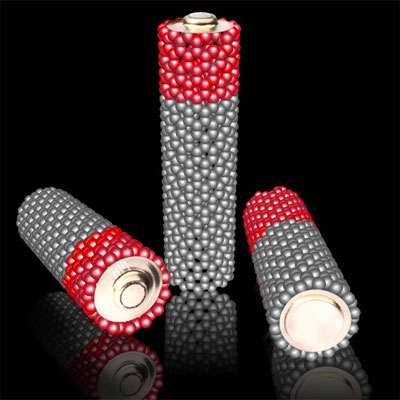Sections
Carbon nanotubes might be visualized as one dense sheet of carbon atom which can be rolled into pipes or hoses. Scientists know that when atomic objects become that small, they act slightly uncanny, and laboratories all over the world are now rushing to take advantage of the strange properties of nanotube. With their remarkable knack and intriguing strength for conducting heat and electricity, Carbon nanotubes tubes are finding application in many methods from hydrogen cars to cancer treatments. These Carbon nanotubes structures might be tiny. The diameter of Carbon nanotubes is approximately 10,000 times smaller when compared to a human hair. But, their effect on the technology and science continues to be enormous. They will most likely not all pan out, but if these Carbon nanotubes tubes meet just some of the scientific predictions, they will be worth the hype.

For instance, the latest nanotube-based imaging program could take faster, crisper pictures that can compete with current CT scans and X-rays. Scientists from North Carolina University say their device is going to be particularly beneficial with regard to imaging organs which are constantly in movement, like the lungs and cardiovascular system. Within a classic X-ray device, a filament sends electron when it´s heated up above a particular threshold, and those electrons get through the human body and strike a metallic electrode on the reverse side, developing three-dimensional pictures, CT scans by rotating electron source. But the brand new systems utilize a range of carbon nanotubes that send numerous electrons concurrently after voltage is put on them. The Carbon nanotubes system is faster when compared to the classic X-ray device because you will find no filaments to heat up, and the numerous nanotube emitters may also take images from a variety of angles without shifting the scene.
Cars that run using hydrogen fuel are actually a clean energy concept for the scientists, but they have already been held back highly because of the expense of producing fuel cells. The energy department calculates that about fifty percentage of a fuel cell´s cost comes from the catalyst made of platinum and is used to speed up the actual reaction that creates energy. However, a group of researchers discovered that Carbon nanotubes and carbon doped along with nitrogen to develop a more practical and efficient catalyst. While carbon nanotubes are very costly to make, researchers find out that the price has already been collapsing.

Some researchers have found that carbon nanotubes may even help with an awkward medical problem, and also have created a bio-sensor which could diagnose bacterial infections. These researchers declared that their device supplies a quicker diagnose than the current classic procedure in which, the cell sample taken and cultured in the laboratories to watch out for the presence of the Candid fungus. The scientists developed a transistor which has carbon nanotubes as well as antibodies incorporated to counter attack the yeast cells. Each time a sample cell is placed on the bio-sensor, the incorporation between the candid cells and the antibodies changes the electric energy of the gadget. The Carbon nanotubes are highly conductive and always records any change that happen for the researchers to measure the amount of yeast present in each cell.
Carbon nanotubes have the ability to spell the end of an important building block of our modern world, that is, silicon based computer chips. Several scientists have discovered the easy ways to “unzip” Carbon nanotubes to create atom thick ribbons connected with graphene. Graphene can also be used as a semiconductor, but the nano sized ribbons may very well be used to pack considerably more processing power on every computer processor.

One day we could have real Spiderman, who could eventually scamper up everywhere by using an adhesive made from carbon nanotubes. The product mimics the look and the style of gecko legs, which are transformed in to an incredible number of tiny hairs that could end in a new profusion of turner shaped points. The “Spiderman” can easily defend gravity and can walk up on large surfaces due to those tiny points that are near to a surface, they induce a dynamic attractive power that operates on the atomic scale, referred to as the Van Der walls power. The carbon nanotube version of this program is a glue that’s ten times stronger when compared to the gecko’s feet. Laboratories all around the world made a set of vertically programmed nanotubes which were topped with smaller bits similar to branching treetops. The sticky product worked on a number of surfaces, including different types of glass and on hard and abrasive sandpaper, but the holding position of this adhesive product can easily taken off by people who knew the technique.
Just imagine about a computer screen that you can fold or bent like a paper. Some scientists have already discovered a monitor made from organic light-emitting diodes (OLED) linked with another nanotube based conductor. Seeing that nanotubes are organic semiconductors, they send the electricity towards the organic elements. According to these scientists, we will soon see folding laptops and computers in different forms.
Nanotubes are very much used in developing tips from the atomic force probes. Carbon nanotubes can also be used in various other engineering functions. Their mechanical property aids scientists be used in sports jackets, clothes and even on space elevators. Also, Carbon nanotubes are used in producing cables, paper battery and electrical circuit converters.
Sections